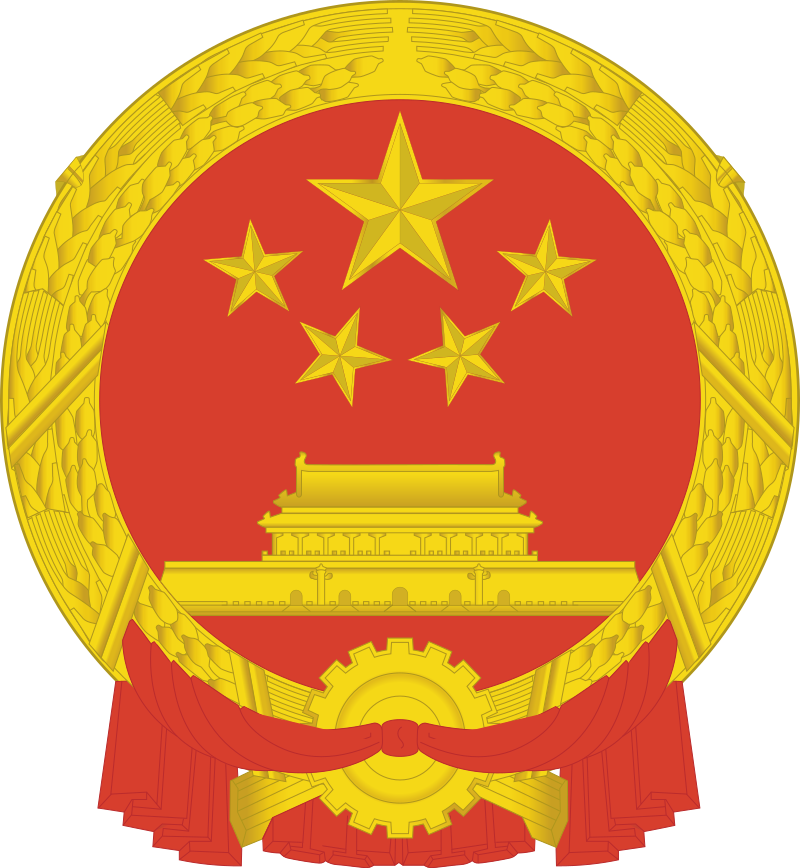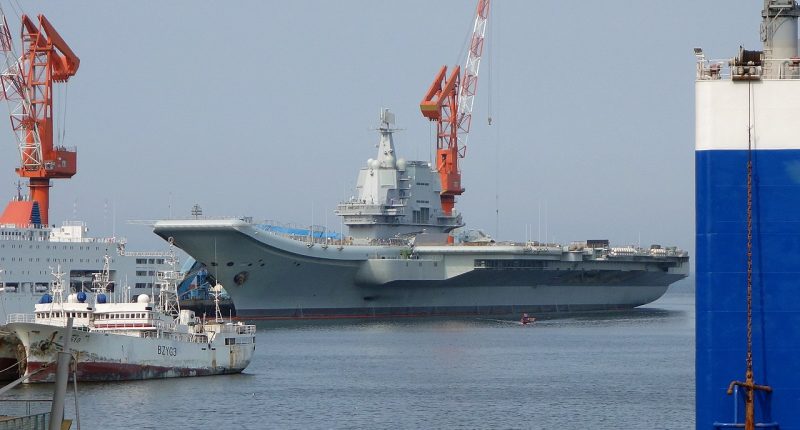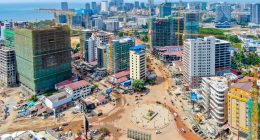By: Wing Cdr. (retd) Sahil Mishra
China recently concluded the highly publicized fifth plenary session, in which it released the 14th Five-Year Plan and the Communiqué of the fifth plenary session of the 19th Central Committee of the Communist Party of China.
Among many political, and economic measures propagated by the Chinese regime, one aspect that came out of this session is that China will endeavor to develop modern and advanced weapons and equipment over next five years.
The advance weaponry being developed by China include an indigenous long-range, stealth-capable strategic bomber and an electromagnetic catapult-equipped aircraft carrier, two weapons that will be the key assets for CCP to bolster their claims in the South China Sea, as well as to fulfill its long standing dream of becoming a blue water naval power.
Chinese military experts have been calling for development of these indigenous long range weapons for the People’s Liberation Army Navy (PLAN), as it takes on the US Navy in the trouble infested waters of the Taiwan Strait, and the nearby South China Sea.
As such, China is likely to expand its hegemony, power politics and regional conflict through development of these indigenously developed weapons in the years to come.
As per Chinese media reports, the plenary session said “making significant strides in the modernization of national defense and armed forces in the next five years” is one of the main goals for the development of the economy and society in the 14th Five-Year Plan, and stressed that the development of the economy should go side by side with the strengthening of the military.

This argument shows that despite economic decline and structural readjustments being made within China to bring economic recovery, the exorbitant expenditure on producing new weaponry at the time of the COVID-19 pandemic shows that China is not willing to wait to assert its muscular power, even as the world economy is struggling to recover momentum of normal growth.
Chinese experts argue that to augment defence expenditure by calling for more advancements in technologies, as it seeks to enhance military development through technological advancements under its high profile civil defense integrated military program, which itself calls for further enhancement of technologies under the 14th Five Year Plan, is a way to accelerate and integrate development of mechanization, informatization and intelligence gathering.
This will be seen as a key path to follow for the optimization of national defence and related technological industries.
The West has seen increasing numbers of espionage cases involving Chinese scientists and students involved in stealing sensitive technological and military research data.
The concept of mechanization, informatization and intelligence gathering for national defence and technological industries is highly dependent on IPR infringement and the transfer of key technologies from the West.

The CCP has said that by the 100th anniversary of the founding of the Chinese People’s Liberation Army (PLA) in 2027, the centennial goal of military development should be achieved; and as was announced at the plenary session, by 2035, the country should achieve the full modernization of the nation’s defence and armed forces.
China’s state-owned defence manufacturer, Aviation Industry Corporation (of China) has been developing a long range bomber – the H-20 for many years – however, its development has been marred by issues related to stealth technologies and engine design and production.

China is seeking to develop the H-20 on the lines of the US’ B-2 Spirit stealth bomber.
But, Beijing has long been struggling to mass-produce and improve the J-20 fighter jet, as it struggles to replace its engines with more effective upgrades.
China’s third aircraft carrier is also likely to be commissioned during the 14th Five Year Plan period.
The new carrier is expected to be much larger, and could be the country’s first to use a flat flight deck equipped with electromagnetic catapults to release aircraft.

There were reports that China will be using electronic catapults on its second aircraft carrier Shandong, however, it was eventually equipped with the traditional ski-jump format, as the PLAN failed to develop a reliable electronic catapult in time.
China’s military and political propaganda machinery is upbeat on China meeting its centennial goal of military development by 2027.
This centennial goal has been interpreted as developing the military with the capability to defend national sovereignty.
That said, in view of Chinese actions in the South China Sea, the Line of Actual Control in north India, vis-a-vis Taiwan and the western Pacific, the development of the above weapon systems will be used first to expand Chinese hegemony in the wider western Pacific region, and to help assert Chinese interests on the global stage first as foremost.
About the author: Wing Cdr. (retd) Sahil Mishra is a retired Air force officer and National Defense academy alumni who completed his Air force training in Hyderabad before being commissioned as a fighter pilot.
After a decade of flying MiG’s he moved to a ground post in which he worked in varied fields in the Indian Air Force including Personnel Management, Procurement, and Training.
He has pursued and completed post-graduation studies in English and now keeps busy writing post-retirement.
He has been widely published in the USA, UK, Canada, Indonesia, Malaysia, India, Hong Kong, and now Taiwan.











